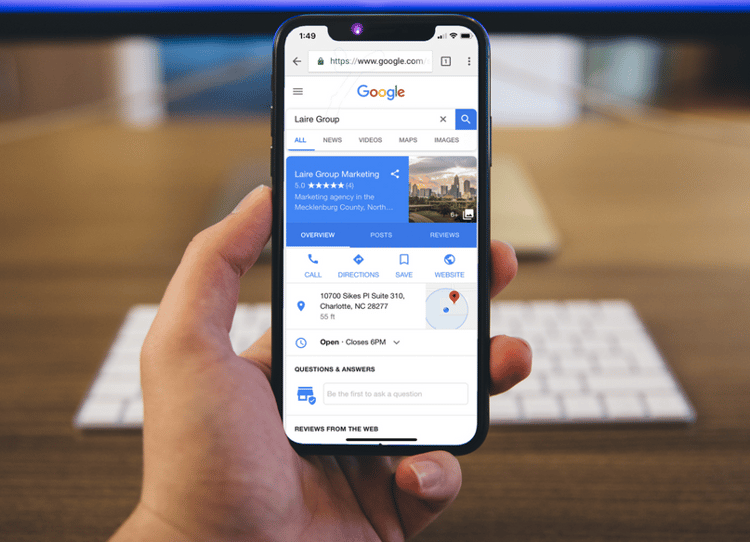There are several phases involved in launching a new website. Messaging, persona research, and design are just a few steps in the process. Trust us, there are many many more steps to check off during a website redesign project. But, there is one thing that is commonly overlooked that impacts post-launch results - search engine optimization (SEO). So, how do you redesign a website and launch without losing your established search engine rankings? Great question!
It's a fact - you’ve worked hard to earn domain authority in Google’s eyes. It would be an absolute catastrophe to lose it, right? So, keep this blog in mind when you’re planning to redesign your website. Bookmark it if you have to. After all, it’s much easier to tackle your newly redesigned website's SEO as it’s being worked on, rather than doing it retroactively.
SEO To-Do List for Your Website Redesign
As you're going through the process of redesigning your website and incorporating SEO best practices, remember to be patient. Seeing changes in Google search results takes time. You won't rank on the highly-coveted page one immediately. Don't let that discourage though! The goal here is to maintain your SEO during this process. Improvements will be made over time.
We suggest implementing these four SEO tips during your website redesign project:
- Audit your current website
- Don't index your test site
- Redirect links
- Keep improving even after the project ends
Now, let's explain each tip a little more in-depth!
1. Audit Your Current Website
“You don’t know where you’re going until you know where you’ve been.”
Launching a new site is a great opportunity to take a close look at your existing website pages. You need to study your current site’s structure and content. Take note of URLs and meta descriptions to make sure you're familiar with how every page is built. You also need to maintain the structure of the pages that are performing well.
This process will also uncover the pages that are not performing and give you a chance to improve SEO on your new website.
Skipping ahead a bit… You should do a similar audit on your test site to check links, H1 and H2 coding and keywords.
Also, compare the test site with the current site to confirm nothing was missed.
2. Don't Index Your Test Site
“No man can serve two masters.”
In this context, the man is Google and the masters are your website pages. Indexing your test or staged site means Google will crawl your test site and it will register as duplicate content. Why is that a bad thing? Google punishes web pages with duplicate content. And that means your hard work will get no SEO value. How frustrating would that be?

This is an easy mistake to make. Fortunately, it’s even easier to prevent. Your content management system (CMS) should have a box to check to make sure Google doesn’t index that page. Don't overlook this step.
You can submit your sitemap to Google if you’d like to expedite the indexing process.
3. Redirect Links
“Out with the old, in with the new.”
Ideally, your new website pages should have the same URL as your old website pages. This maintains that webpage’s authority with Google and keeps any links to the page alive. Don’t be surprised if your new pages aren’t ranking right away. This takes time.
Make sure you’ve set titles and meta descriptions, and used keywords in your new URLs. Also, you need to link to that new page internally from other parts of your site (the more relevant links, the better).
In this process, you might encounter instances where pages aren’t worth migrating to the new site. These pages might have exceptionally low traffic or obsolete content. Keep track of those pages. You’ll have to redirect them to relevant site pages to maintain a positive user experience!
4. Keep Improving Even After the Project is Finished
“Art is never finished, only abandoned.”
Although you may be super excited about the result of your website redesign project, here's the thing... Your website is never done. It consistently needs to be optimized and analyzed. You need to be in tune with or ahead of buyer behavior.
Search engine optimization is just a fraction of what needs to be done in order to have a competitive website. Getting organic traffic is incredibly important, but so is capturing leads and delivering helpful content.
Remember - a website can be your company’s best sales tool. Treat it as such and you’ll be thrilled with the results.
That's a wrap! By keeping these four tips in mind as you redesign your website, you'll set yourself up for success in maintaining your SEO, and making improvements moving forward.
Looking for some other insider tips for your website? Check out our free website must-haves guide and find out how to bring more traffic to your site and boost leads!


